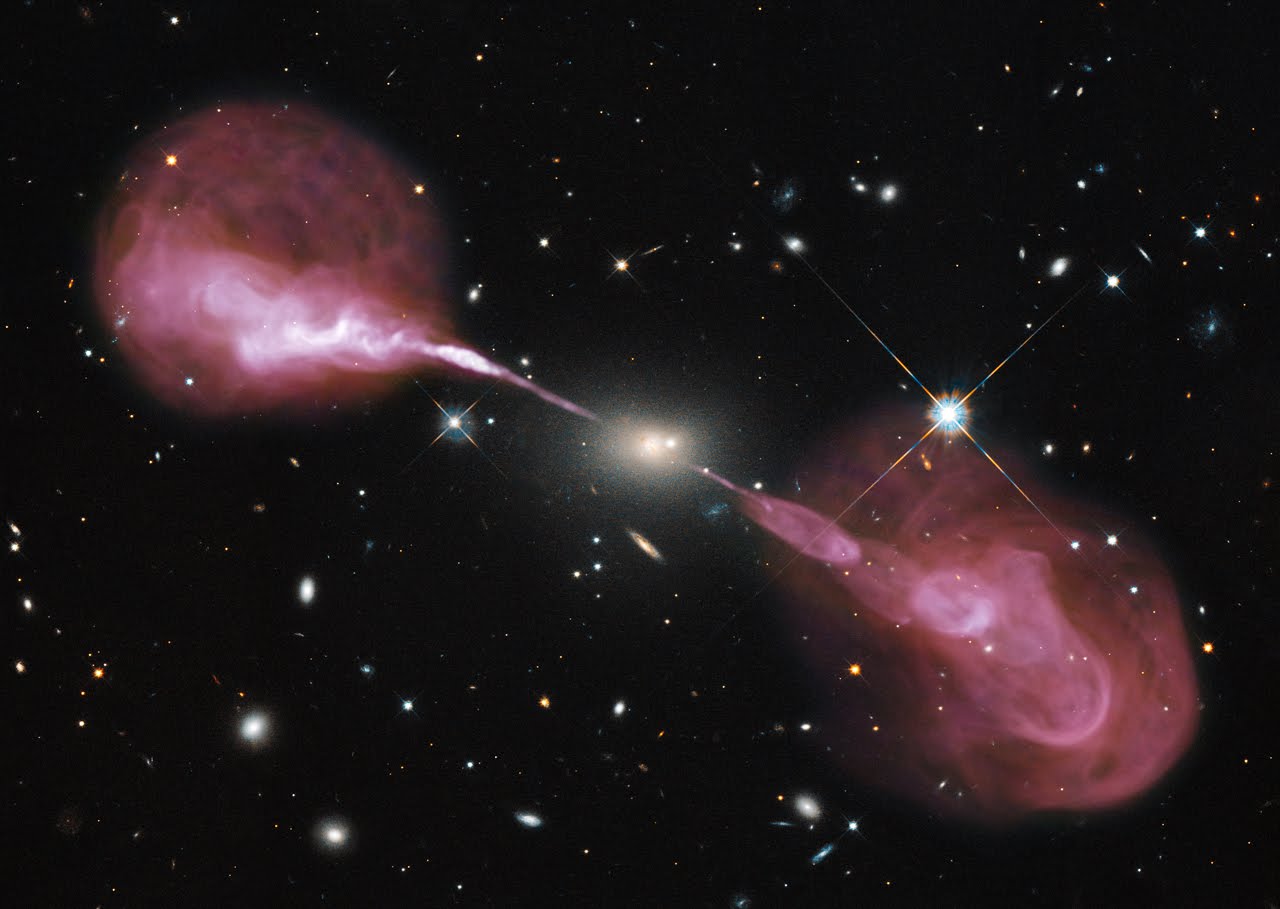I download the published image and open it with the GIMP open source image editor:
http://www.gimp.org/downloads/
I use the GIMP measurement tool to measure distances in pixels and slopes in degrees and:
Compute the frequency scale [pixels per MHz].
Compute the time scale [pixels per second].
Measure the slope angle from the time axis to the burst estimated center line (many times difficult to do).
Finally compute:
DriftRate[MHz/second] = TimeScale[pixels/second]/
and write it in the summary and histogram.
There is another method described by Jim Sky on 130320, in a message to the Radio Jove Data list:
"...Hi Victor and All,
Radio-Sky Spectrograph (RSS) has a built in tool for measuring drift rates of features seen on the spectra. Unfortunately, the help for RSS is woefully out of date.
The tool works with saved sps files in Stand Alone mode.
Load the chart and then place the mouse pointer at one end if the feature. Press the Right mouse button and select Find Slope Between Points.
Now click on the other end of the feature (it does not matter which end you click first). Below is a screen shot of the result of measuring a sweeper (ionosonde) using this method. The result actually is drawn on the chart automatically. This slope is +133 kHz/sec
Jim Sky..."
You may also use a power versus time graphic, for two frequencies, and measure the time difference. Whitham D. Reeve frequently publishes very good charts with 20.339 (red) and 32.537 (green), delta = 12.198 MHz, data.
Summary of recent solar drift rates
yymmdd hhmm UTC, Author, negative drift MHz/s
Type III
130430 1856 Ashcraft 1.0
130428 1633 Reeve 4.8
130413 1552 Reeve 3.1
130402 1558 Reeve 5.2
130330 2202 Flagg >10
130320 1803 Flagg 2
130320 1803 Typinski 3.8
130320 1803 Greenman 0.5
130320 1803 Reeve 0.4
130317 1806 Typinski 5.4
130316 1906 Typinski 7.4
130316 1903 Greenman 1.1
Histogram of the type III drift rate distribution, in 1 MHz/s bins:
0 xx
1 xx
2 x
3 xx
4 x
5 xx
6
7 x
Type II
130418 1832 Typinski 0.034
130330 1324 Nancay 0.06
Many thanks to the Authors.
http://www.gimp.org/downloads/
I use the GIMP measurement tool to measure distances in pixels and slopes in degrees and:
Compute the frequency scale [pixels per MHz].
Compute the time scale [pixels per second].
Measure the slope angle from the time axis to the burst estimated center line (many times difficult to do).
Finally compute:
DriftRate[MHz/second] = TimeScale[pixels/second]/
and write it in the summary and histogram.
There is another method described by Jim Sky on 130320, in a message to the Radio Jove Data list:
"...Hi Victor and All,
Radio-Sky Spectrograph (RSS) has a built in tool for measuring drift rates of features seen on the spectra. Unfortunately, the help for RSS is woefully out of date.
The tool works with saved sps files in Stand Alone mode.
Load the chart and then place the mouse pointer at one end if the feature. Press the Right mouse button and select Find Slope Between Points.
Now click on the other end of the feature (it does not matter which end you click first). Below is a screen shot of the result of measuring a sweeper (ionosonde) using this method. The result actually is drawn on the chart automatically. This slope is +133 kHz/sec
Jim Sky..."
You may also use a power versus time graphic, for two frequencies, and measure the time difference. Whitham D. Reeve frequently publishes very good charts with 20.339 (red) and 32.537 (green), delta = 12.198 MHz, data.
Summary of recent solar drift rates
yymmdd hhmm UTC, Author, negative drift MHz/s
Type III
130430 1856 Ashcraft 1.0
130428 1633 Reeve 4.8
130413 1552 Reeve 3.1
130402 1558 Reeve 5.2
130330 2202 Flagg >10
130320 1803 Flagg 2
130320 1803 Typinski 3.8
130320 1803 Greenman 0.5
130320 1803 Reeve 0.4
130317 1806 Typinski 5.4
130316 1906 Typinski 7.4
130316 1903 Greenman 1.1
Histogram of the type III drift rate distribution, in 1 MHz/s bins:
0 xx
1 xx
2 x
3 xx
4 x
5 xx
6
7 x
Type II
130418 1832 Typinski 0.034
130330 1324 Nancay 0.06
Many thanks to the Authors.
















































